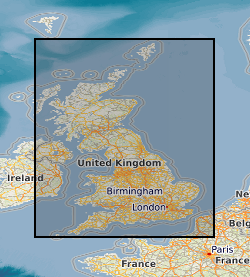Zinc
Type of resources
Topics
Keywords
Contact for the resource
Provided by
Years
Update frequencies
-

Synchrotron X-radiography (images) and diffraction data collected to measure anelasticity of zinc. NERC grant NE/H016309/1 - Experimental determination of mantle rheology. NERC grant NE/L006898/1 - The strength of the lower mantle.
-

This dataset represents the first publication of complete national maps from the Geochemical Baseline Survey of the Environment (G-BASE) and TellusNI projects, whose aim was to conduct a national geochemical survey of the United Kingdom in order to improve understanding of our geology and environment and provide quantitative evidence against which to gauge future environmental change. This dataset consists of a series of interpolated raster (ASCII grid) maps displaying the concentrations of a suite of chemical elements (and oxides) in the stream sediments of the United Kingdom. The chemical elements are as follows: Arsenic, Barium, Calcium (CaO), Chromium, Cobalt, Copper, Iron (Fe2O3), Lanthanum, Lead, Magnesium (MgO), Manganese (MnO), Nickel, Potassium (K2O), Rubidium, Uranium, Vanadium, Zinc and Zirconium.
 NERC Data Catalogue Service
NERC Data Catalogue Service